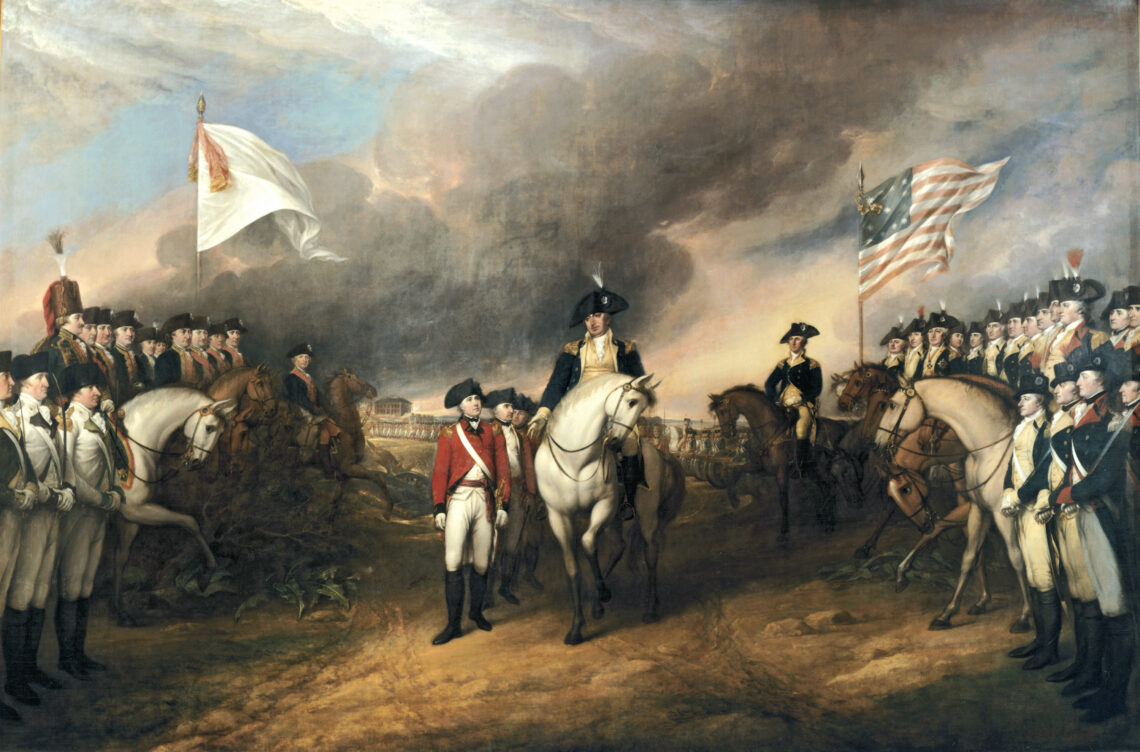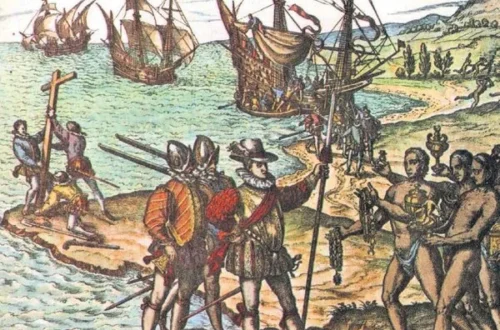The American War of Independence (1775–1783): The Birth of a Nation
The American War of Independence, also known as the American Revolutionary War, was a transformative conflict that reshaped the political landscape of the 18th century. Fought between Great Britain and its thirteen North American colonies, the war lasted from 1775 to 1783 and ultimately led to the founding of the United States of America. This detailed article explores the origins, key events, influential figures, and legacy of this historic struggle for liberty.
Origins of the Conflict
The roots of the American Revolution lay in the growing tension between the British Crown and its colonies in North America. After the costly Seven Years’ War (1756–1763), Britain sought to recover financially by taxing the colonies, leading to widespread resentment.
Key Grievances:
- Stamp Act (1765): Imposed direct taxes on printed materials.
- Townshend Acts (1767): Taxed essential goods like tea, paper, and glass.
- Boston Massacre (1770): A deadly clash that intensified anti-British sentiment.
- Tea Act (1773) and Boston Tea Party: Colonists protested by dumping tea into Boston Harbor.
These events fueled a desire for self-governance and the defense of colonial rights, eventually leading to open conflict.
The Outbreak of War
The war officially began on April 19, 1775, with the Battles of Lexington and Concord in Massachusetts. British troops attempted to seize colonial weapons, but local militias resisted, marking the start of armed rebellion.
Soon after, the Second Continental Congress convened in Philadelphia, appointing George Washington as commander-in-chief of the Continental Army.
Declaration of Independence
On July 4, 1776, the colonies took a decisive step by adopting the Declaration of Independence, authored primarily by Thomas Jefferson. This document asserted the colonies’ right to self-rule and outlined grievances against King George III. It remains one of the most influential political texts in world history.
Major Battles and Turning Points
The war saw numerous battles, each contributing to the momentum of the revolution.
- Battle of Bunker Hill (1775): Though a British victory, it proved colonial forces could stand their ground.
- Battle of Saratoga (1777): A turning point; American victory persuaded France to join the war as an ally.
- Winter at Valley Forge (1777–1778): A time of hardship that forged military discipline under Washington and Baron von Steuben.
- Siege of Yorktown (1781): The final major battle where British General Cornwallis surrendered to American and French forces.
International Support and Diplomacy
France’s entry into the war in 1778 was crucial. It brought military aid, funding, and naval support that shifted the balance. Later, Spain and the Dutch Republic also joined against Britain, turning the war into a global conflict.
Treaty of Paris (1783)
The war formally ended with the Treaty of Paris, signed on September 3, 1783. Key provisions included:
- Recognition of American independence.
- Establishment of U.S. borders extending to the Mississippi River.
- Withdrawal of British troops from American territory.
Legacy and Impact
The American War of Independence had a profound impact beyond the battlefield:
- It inspired democratic movements worldwide, including the French Revolution.
- It established the world’s first modern constitutional republic.
- It sparked debates about slavery, women’s rights, and Native American relations—issues that would shape U.S. history for centuries.
Conclusion
The American War of Independence was not just a rebellion against colonial rule—it was a revolution that introduced a new vision of governance based on liberty, equality, and democratic ideals. From the courageous stand at Lexington to the diplomatic triumphs in Paris, the war’s story is a testament to the enduring human desire for freedom and self-determination.





